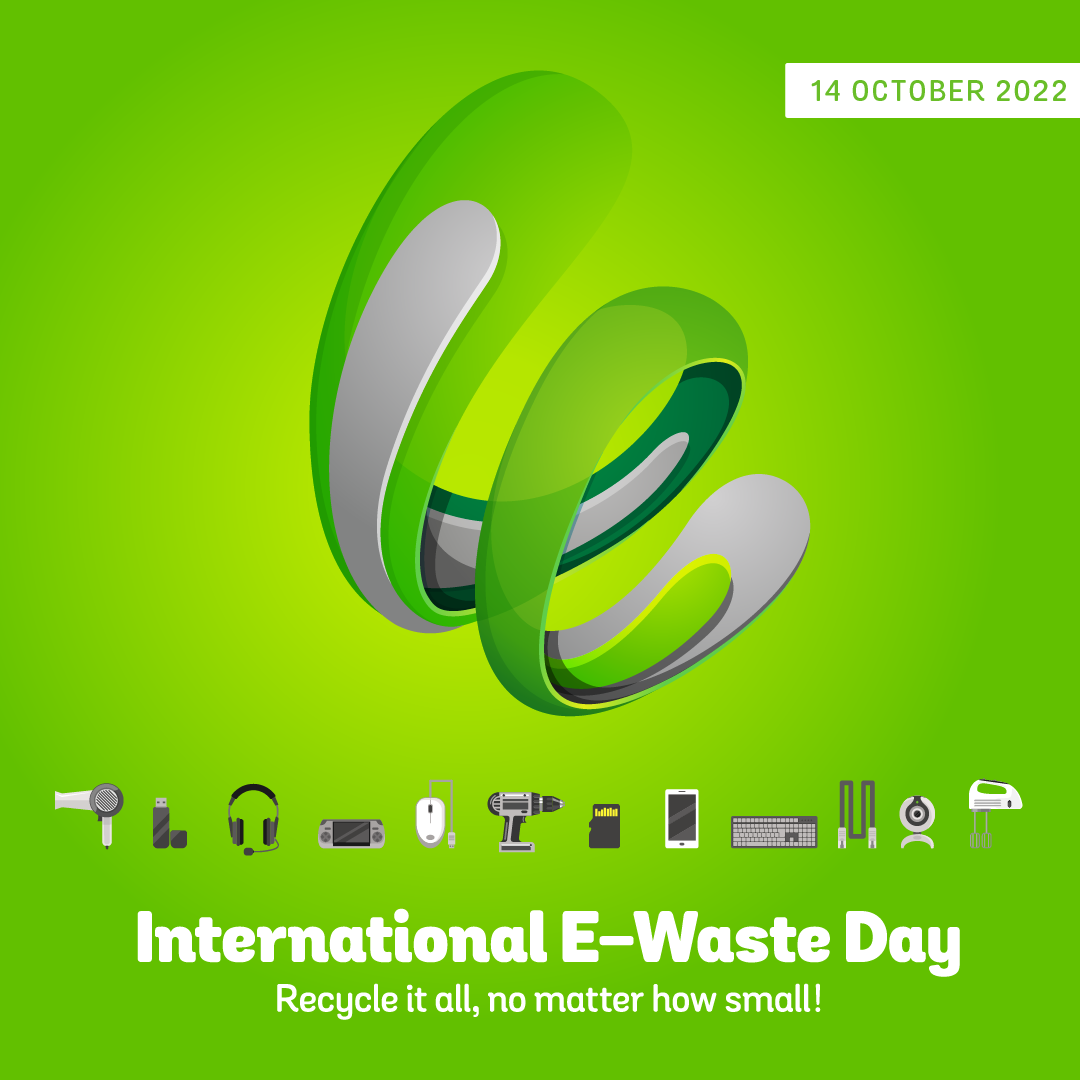What is E-Waste?
Electronic waste or e-waste refers to all the components of abandoned electronic devices that are no longer used, too old or not functioning anymore. They are frequently referred to as WEEE (waste electrical and electronic equipment) in Europe. Due to the rampant development of technologies, it is considered to be the fastest growing waste in the world.
As of 2022, the amount of generated e-waste globally is 59.4 million metric tons, and it is anticipated to rise by 15.30 in 2030 according from the data of The Roundup. It is primarily produced by Asian nations, particularly China, which is the world's largest producer of electronic products. Data shows that less than 20% of it was recycled with the remainder ending up in landfills of developing nations (Ruiz, n.d.).
Harmful Effects
According to Marsh (2019), the harmful effects of e-waste are exposure to hazardous chemical substances, disruption of human growth and development, and pollution. Living organisms, especially landfill workers, are exposed to hazardous and carcinogenic components of electronic devices. These toxic substances emit greenhouse gases. E-waste also contaminated land and aquatic resources which is a risk in food and water supply. It has a significant impact on the environment and overall health of a person particularly by unborn children. One leads to other, more serious issues like climate change and flood as experienced by Ghana.What Should We Do?
The Philippines has already taken steps in managing e-waste as amended in Republic Act 6969 or the Toxic Substances and Hazardous and Nuclear Waste Control Act. Manufacturers are also aware of this as part of their corporate social responsibility. They create programs like the Samsung efforts in recycling traded devices however these are not enough to totally address the problem because we must all take a good part in it.
We can start with choosing sustainable electronic products. Buy when really needed and always prefer the eco-friendly one. When the device has minor damages, try to ask professional assistance to repair it. If it's no longer working, you can recycle it but if you can't, then sell or donate it to someone who can do the recycling rather than dumping it elsewhere. If you don't have any choice but to dispose of it, then do it properly. And lastly, I'd like to briefly review the five Rs of waste management as a friendly reminder. WEEE should be refused, reduced, reused, repurposed, and recycled.
Take full responsibility with your e-waste and let us extend help and join the International E-Waste Day on October 14 as organized by WEEE Forum!
References:
Cho, R. (August 27, 2018). What Can We Do About the Growing E-waste Problem? Retrieved from https://news.climate.columbia.edu/2018/08/27/growing-e-waste-problem/
Marsh, J. (October 9, 2021). The Harmful Effects of E-Waste to Humans. Retrieved from https://environment.co/the-harmful-effects-of-e-waste-to-humans/
Ruiz, A. (n.d.). Latest Global E-Waste Statistics And What They Tell Us. Retrieved from https://theroundup.org/global-e-waste-statistics/
The Roundup (n.d.). Total Annual Global E-waste Generation(Infographic). Retrieved from https://theroundup.org/wp-content/uploads/2021/08/total-annual-ewaste-generation.png
WEEE Forum (2022). IEWD (Banner). Retrieved from https://weee-forum.org/iewd-about/



No comments:
Post a Comment